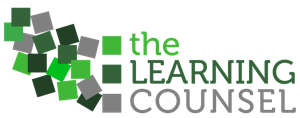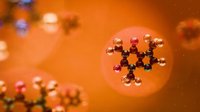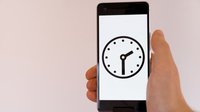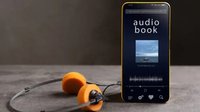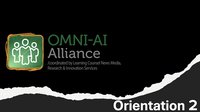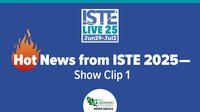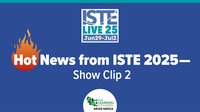Teaching science is hard, and teaching science in alignment with the Next Generation Science Standards (NGSS) can be especially challenging. Although the standards have been around for more than a decade, implementation has been uneven across states and districts, so in many schools, NGSS is a relatively new set of expectations that calls for a different way of teaching than veteran teachers may be accustomed to. While knowledge remains important—for instance, students still need to know math to succeed in physics—knowledge alone is no longer the end goal. Where science education was once focused on lists of things students needed to know to pass exams, with NGSS, the focus now is on students developing essential skills and conceptual understanding. This calls for a more inquiry-led approach in the classroom, where teachers facilitate students' exploration of their own questions about phenomena, acting as guides rather than direct providers of information. Therefore, to give students the confidence to approach science this way, teachers need to focus not only on what they are teaching, but also how they are teaching it.
From Rigor to Coherence
The shift to skills-based learning requires both philosophical change and practical tools that make implementation feasible in real classrooms. An effective NGSS curriculum combines rigor and coherence. A rigorous structure is key, but rigor is not about right and wrong answers. Rigor is about deepening competence in skills such as question-asking. It is about pushing students to think more deeply about the content, draw connections between the investigations and the science ideas, and apply those ideas to explain related phenomena. A unit might be deeply rigorous, but simply impossible to complete within a 45-minute class. In science classrooms, rigor is about fostering a supportive environment where teachers can be creative in their instruction. This, in turn, allows students to be rigorous in their learning and provides them ample opportunities to grow.
To motivate students to challenge themselves, lessons also need coherence, which for teachers means making sure students understand why they're learning what they are. This can be enhanced by integrating navigation routines throughout the learning. A particularly powerful and repeatable way to build coherence into every lesson is to start with an anchoring phenomenon so students know that everything they will do connects back to that anchor. From there, they can begin asking questions.
Encouraging Collaborative Discourse
In our science lessons, the learning always starts with an anchoring phenomenon, which leads to building a Driving Question Board (DQB). The DQB is a way of getting students to contribute questions they have about the anchoring phenomenon of a lesson. Having the driving questions come from students gives them a stake in their learning. If they've asked a question, they’ve shown that they’re interested in answering it and are motivated to discuss it with the class.
A rigorous science classroom is not a quiet place. Rigor revolves around students talking—not gossiping about their weekend, but discussing their thoughts and ideas. They engage in learning by engaging with each other. Students' ability to think critically and engage in discourse fosters problem-solving skill development, rather than just focusing on knowledge.
For example, our first unit of our biology curriculum is about the movement of mountain lions eastward and what's causing them to migrate to places where they haven’t previously been seen. The goal of the unit is not to have students remember every fact about a mountain lion, but to learn skills and concepts in one context that they can then pick up and transfer to another context.
NGSS-aligned, skills-based lessons are less about memorizing what a mountain lion eats and more about learning how to think. Lessons like this might take more time, because teachers can't just say, “Well, I've taught them the facts of mountain lion populations.” Instead, they need to be confident that they’ve taught students how to argue and analyze. This requires teachers to be more flexible and creative with the way they teach, starting right from their lesson planning.
How to Support Teacher Transformation
According to a recent Gallup poll, 87% of teachers want to be creative in the classroom. A key way schools can support teachers’ creative approaches to meeting NGSS standards is to provide them with practical, rigorous units of study that allow them to focus on facilitation and conversation rather than curriculum development.
Having a reliable framework that emphasizes skills over knowledge boosts teachers’ ability to build engaging, successful lessons. The best thing schools can do to help teachers make the transition to NGSS is to take away their worries about creating new lessons from scratch. If they can trust that they have a curriculum that’s high-quality and engaging, and that doesn’t require them to spend their precious time searching through Google and all the other resources out there to build their own lessons, they’ll be able to focus on what’s truly important: their students.
About the author
Tessa Dagley is the head of curriculum & instruction at Kognity. She can be reached at tessa.dagley@kognity.com.
